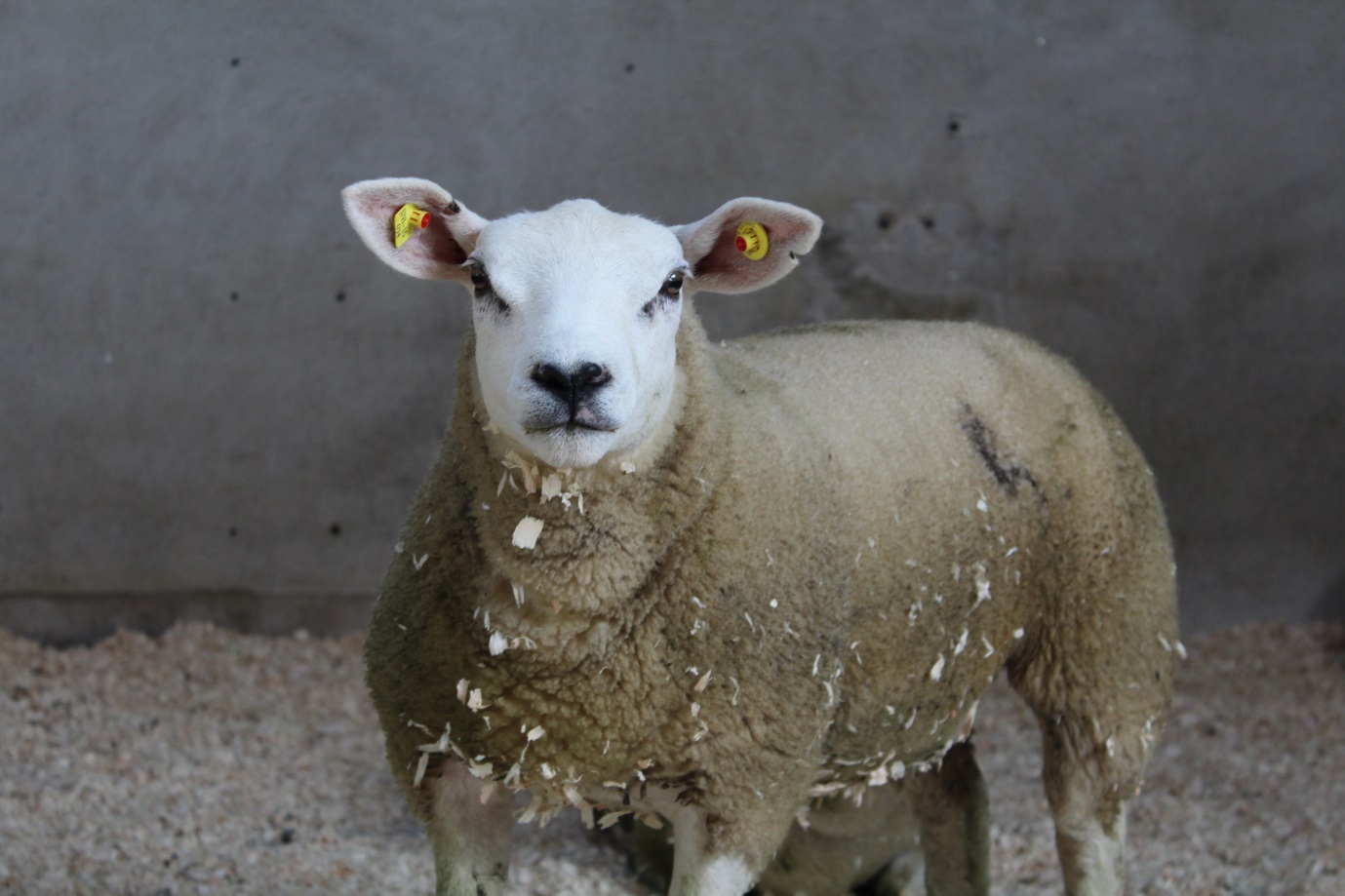Have you identified an outstanding performing ewe in your flock?
Embryo Transfer (ET) allows the production of multiple offspring from elite females within your flock. ET is the process by which fertilized embryos are flushed (removed) from a donor ewe and then transplanted into suitably synchronized recipient ewes to establish a surrogate pregnancy.
What is the process of embryo transfer in sheep?
An embryo transfer programme is split into two parts; synchronization of embryo donors and synchronization of embryo recipients. A typical embryo transfer programme lasts 20 days.
The donor ewe is treated with hormones so that she produces more eggs than usual at a synchronized mating. The ewe is artificially inseminated on day 14, and six-day-old embryos are flushed from her on day 20.
Embryos are then either transferred into prepared surrogate recipient ewes in a process similar to laparoscopic AI, or frozen for future use.
Which ewes should I use as embryo donors for ET?
Donor ewes should be proven and regular breeders in their prime reproductive years ideally, they will have responded well to previous super-ovulation. Donor ewes should be fit and healthy and on a rising plane of nutrition.
How to record an Embryo Transfer event?
Check this video and see how to record ETs through our online services:

